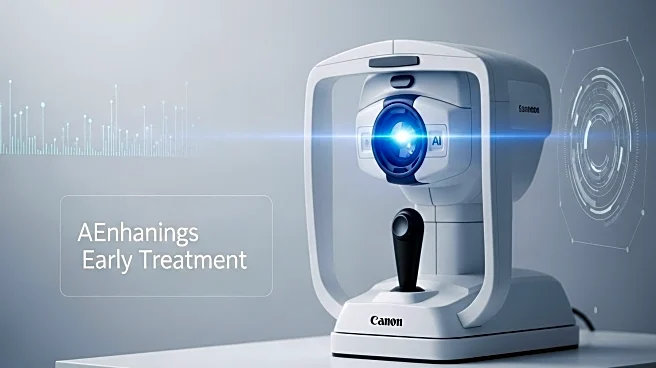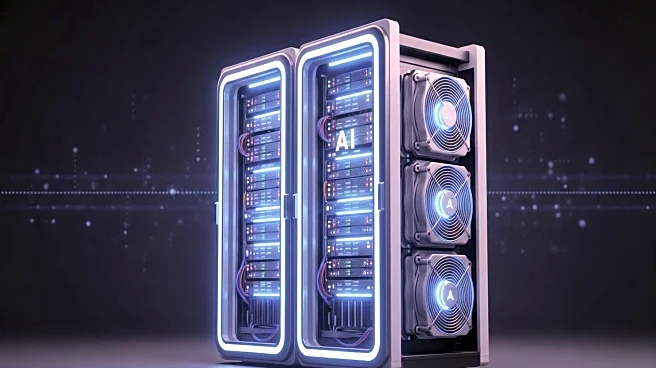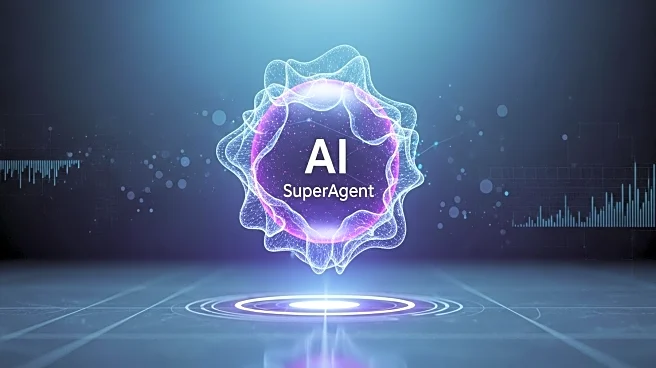What is the story about?
What's Happening?
Researchers have developed an artificial intelligence (AI) system capable of predicting which patients with keratoconus, a progressive eye disease, will require treatment to stabilize their corneas and preserve eyesight. The study, presented at the 43rd Congress of the European Society of Cataract and Refractive Surgeons, involved analyzing 36,673 optical coherence tomography images from 6,684 patients. The AI algorithm accurately identified patients at high risk of disease progression, allowing for early intervention with cross-linking treatment, which can prevent the need for corneal transplants. This advancement could significantly reduce the burden on healthcare systems by minimizing unnecessary monitoring and focusing resources on high-risk patients.
Why It's Important?
Keratoconus is a leading cause of corneal transplants in the Western world, affecting young, working-age individuals. The ability to predict disease progression using AI could transform patient care by enabling timely treatment, thus preventing vision loss and reducing the need for invasive surgeries. This technology not only improves patient outcomes but also optimizes healthcare resources by reducing the frequency of monitoring for low-risk patients. The study highlights the potential of AI in enhancing diagnostic accuracy and treatment efficiency in ophthalmology, setting a precedent for its application in other medical fields.
What's Next?
The AI algorithm will undergo further safety testing before clinical deployment. Researchers are also developing a more advanced AI system trained on millions of eye scans to predict other eye conditions. If successful, this technology could be integrated into routine clinical practice, offering a powerful tool for early intervention and personalized treatment plans. The broader adoption of AI in healthcare could lead to significant improvements in patient management and resource allocation.
AI Generated Content
Do you find this article useful?














